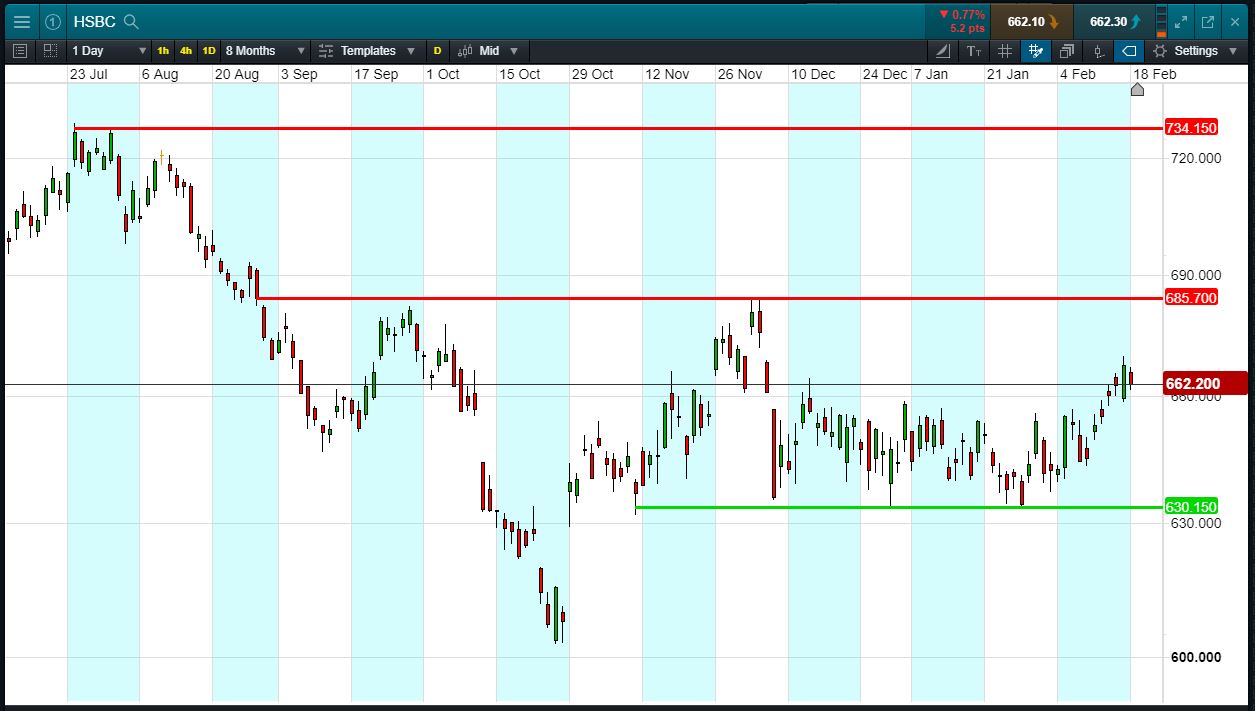There are several market indexes in the United States stock market. The most widely recognised is the Dow Jones Industrial Average (DJIA) or the Dow as it is commonly known. The Dow indicates the value of and stock performance of the 30 biggest US blue-chip companies.
The Dow Jones Transportation Average, created by Charles Dow, Wall Street Journal editor and founder of Dow Jones & Company, is the oldest US stock market index first calculated on February 16 1885. The DJIA followed on May 26 1896 and is now the most recognised of the Dow averages. It is presently owned by S&P Dow Jones Indices, part of S&P Global.
The Dow Jones Averages take their name from journalist Charles Dow and statistician Edward Jones. Although today, most modern components have little to do with conventional heavy industry, the industrial part of the name remains. The Dow is considered a useful gauge of the industrial sector of the U.S economy.
Charles Dow’s first stock average – Transport – made its debut in 1885 in his 2-page daily financial bulletin, a publication which paved the way for the Wall Street Journal. In 1884 his stock average was made up of nine rail railroads and two industrials. His Industrials index, which followed in 1896, comprised only one of the original 12 industrials which featured in Transport. None of the original 12 industrials are part of the current DJIA.
The Dow is calculated as the sum of the price of a one share in each component company. An additional factor, which adjusts with stock spills or stock dividends, corrects the sum therefore generating a consistent value.
As the value of the Dow is a price weighted average it has been met with criticism that it isn’t an accurate portrayal of market performance. Being a price weighted average, high-priced stocks have more influence in the equation than lower priced stocks, ignoring the relative size of an industry or the market share of its components.
An example of this is that a $1 fall in a higher priced stock can negate a $1 rise in a lower priced stock, despite the fact that the lower priced stock has enjoyed a greater percentage change. Thus, a $1 move in either the smallest or largest component has the same effect on the average.

